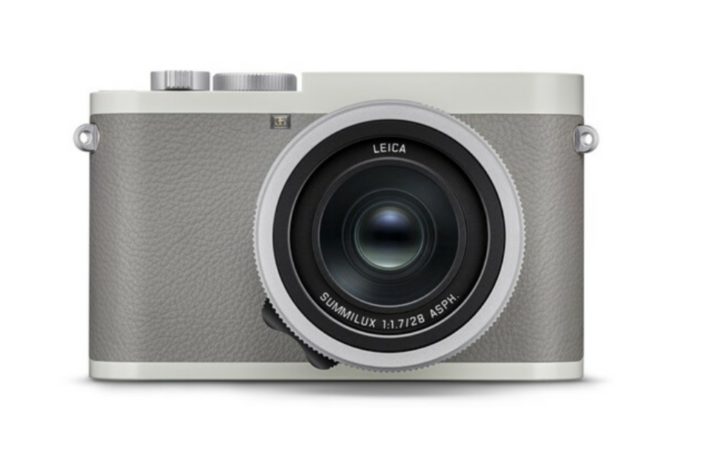Coming in at nearly five times larger than a full frame sensor, the RZ has resolution for days and can produce tack-sharp images, making it great for landscape work. The Mamiya RZ67 is the younger brother of the Mamiya RB67 , and though it is very similar in style, it boasts some impressive updates and improved lenses while maintaining the sharpness associated with the lineup and the huge negatives of 6×7 systems. Compared with the RB, which made its debut in 1970, the first version of the RZ debuted in 1982 and saw two updates — each one coming 11 years after the other. The second version of the RZ, known as the RZ67 Pro-II, was released in 1993, and the third version, the RZ67 Pro-IID, was released in 2004. The “RB” part of the RB67 stands for “Rotating Back” and the RZ is also capable of rotating the back to allow for changing from landscape orientation to portrait orientation without having to do anything but rotate the back. I picked up the RZ67 in 2020 when the only 6×7 back on my RB started giving me trouble with pretty regular light leaks (though now I believe this was […]
<div id="amzn-assoc-ad-67bc51b1-918f-47f6-a84a-1e886a9ec772"></div><script async src="//z-na.amazon-adsystem.com/widgets/onejs?MarketPlace=US&adInstanceId=67bc51b1-918f-47f6-a84a-1e886a9ec772"></script>Click here to view original web page at fstoppers.com





More Stories
The best Canon DSLR you can buy in 2022
How to Choose Your First Digital Camera
Photographer’s guide to buying a smartphone